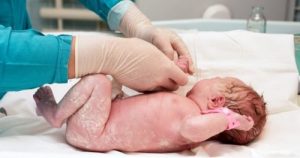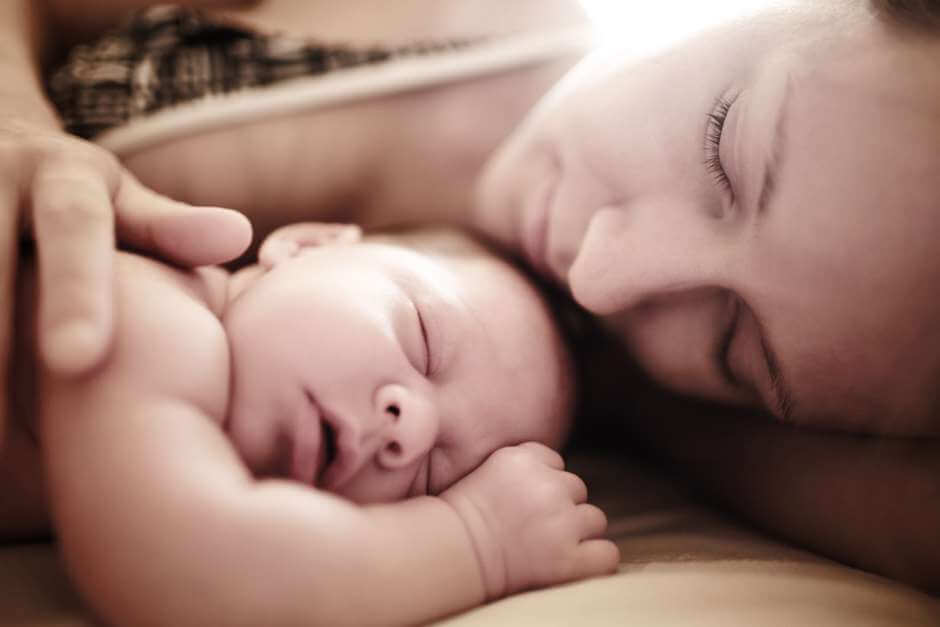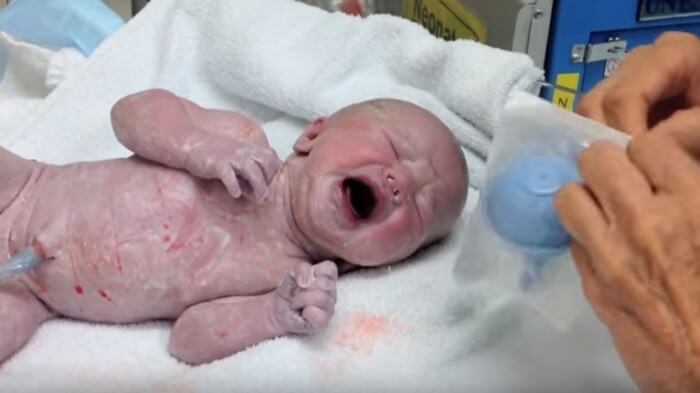What Is Vaginal Seeding?

Vaginal seeding is a widespread procedure that is increasingly applied in cesarean deliveries. It involves taking a sample of vaginal fluids from the mother and applying them to the skin, mouth and eyes of the infant. This practice is also known as microbirthing, although it is not recommended by doctors.
The purpose of this procedure is to allow the baby to come into contact with the bacteria that is present in the mother’s vaginal canal. As we all know, when a cesarean is performed, the baby stops receiving various stimuli. Because of this, the procedure aims to increase the amount of gut bacteria in order to reduce the risk of certain illnesses.
The Risks Involved in the Vaginal Seeding Procedure
Some specialists believe that this remedy could be worse than the potential of illness. They claim that vaginal seeding could result in the transmission of infections such as gonorrhea and herpes simplex virus. This practice may cause infections in the baby due to the nature of the substance. According to experts, there are a number of risks that many parents are not aware of.
One of the main dangers, doctors say, is the possible transmission of harmful bacteria to the baby, such as group b streptococcus. These can put the baby at risk by causing dangerous infections.
Specialists say that they have been forced to cancel the procedure due to genital herpes being present in the mother. So, although the technique itself is known to have its benefits, in some cases it is risky.
What Is the Origin of this Practice?
Vaginal seeding began to be performed when studies found that babies born by cesarean section are at a slightly higher risk of developing certain health problems. During childhood, they develop problems with obesity, allergies, or certain intestinal diseases. The practice began in Australia in an effort to protect them.
“There are many wonders in the universe, but the masterpiece of creation is the maternal heart.”
-Ernest Bersot-

Some experts found that babies born by cesarean section have a microbiota, meaning a grouping of microorganisms in their body that differs from that of children delivered vaginally.
Because they are not exposed to the bacteria in the vaginal cavity, their system develops differently. These differences in the microbiota are associated with the development of obesity and of certain allergies, such as asthma.
The Risks of Vaginal Seeding Could Outweigh the Benefits
Doctors have explained that babies born by cesarean section develop a different microbiota than children delivered vaginally. These types of births are associated with a higher risk of immunological and metabolic disorders. This is why vaginal seeding has been suggested, although not all specialists agree with it.
In fact, they believe there are more risks than benefits. They advise breastfeeding as a measure to develop the baby’s microbiota. In any case, through breast milk, the baby can receive the desired protection without having to take these risks.

Experts continue to debate this, while discussing the evidence and benefits linked to vaginal seeding. In some countries this practice is more common, especially in those where fewer cesarean sections are performed.
There could be a connection between cesarean delivery and illnesses associated with a lack of certain intestinal bacteria. However, it is still not known exactly whether transferring a sample of bacteria from the mother to the child can influence the microbiota in a safe way.
Experts warn hospitals that vaginal seeding should not be performed on newborns. It is believed that it can present some harmful risks which are not worth the potential benefits.
Other practices are recommended such as breastfeeding which has its own powerful benefits, as it has a positive effect on the development of the child’s microbiota.
This text is provided for informational purposes only and does not replace consultation with a professional. If in doubt, consult your specialist.
